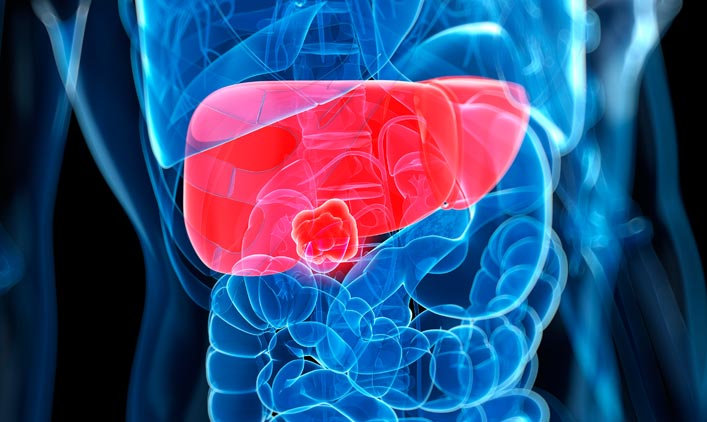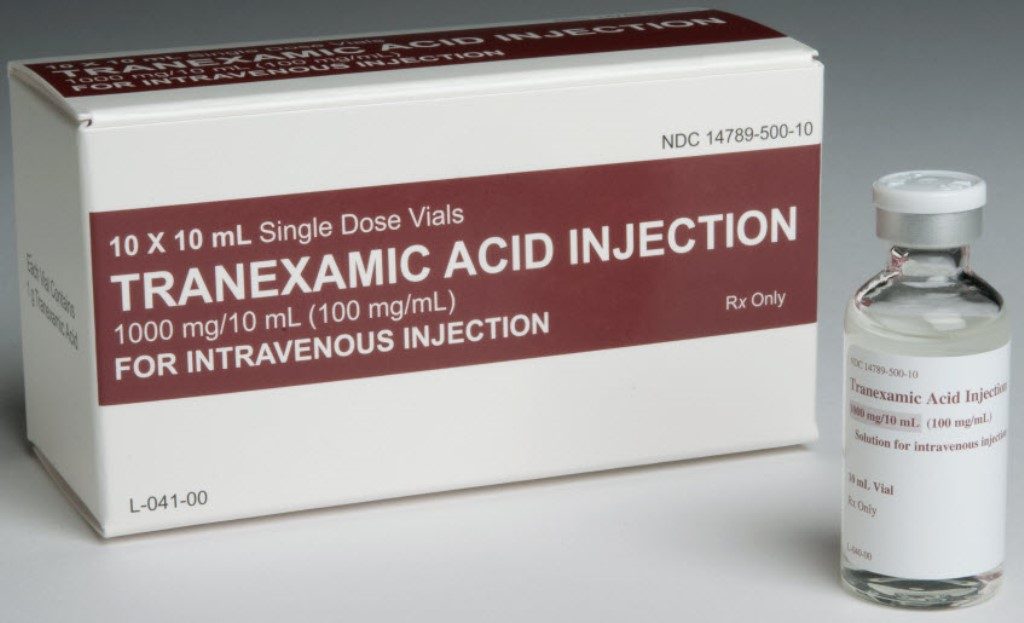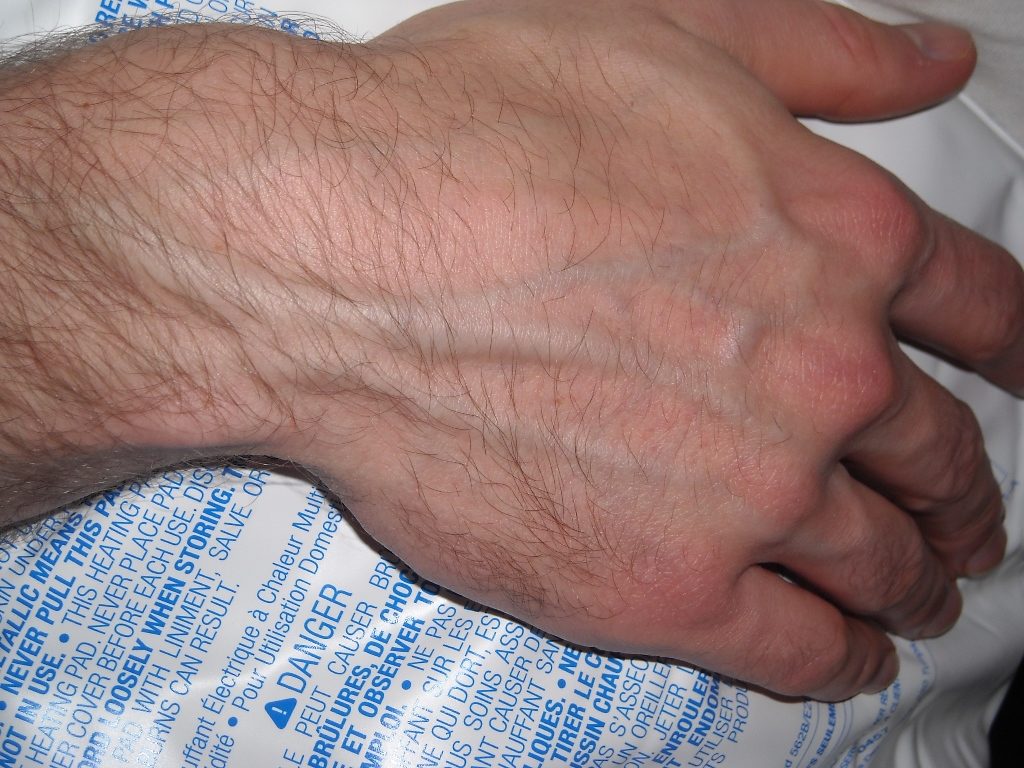Menopause which is also known as climacteric is a normal health condition that all women experience when they get to a certain age, although the ages differ. The term “menopause” can describe any of the changes a woman goes through either just before or after she stops menstruating, marking the end of her reproductive period. At this time, menstrual flow stops completely and the woman is unable to bear children. Menopause typically occurs between 49 and 52 years of age. What Causes Menopause? Every woman is born with a finite number of eggs, which are stored in the ovaries. The ovaries also produce the hormones estrogen and progesterone, which is responsible for the monthly menstruation and ovulation. Menopause happens when the ovaries stop releasing eggs monthly in form of blood (menstruation). Menopause is said to be normal when it occurs after the age of 40 but abnormal when it happens before age 40. Early menopause can occur…
Women and the Egg Freezing Controversy
By: Eruke Ojuederie In developing nations, fertility among women has been perceived as one of the greatest gifts a husband can have. It has served as the basis for a healthy marriage on the one hand and broken marriages on the other. Whatever be the case, psychology experts have stated that once a woman starts aging she focuses more on family and loved ones which include children. Dr. Jordan B Peterson a Professor of Psychology at the University of Toronto in one of his speeches pointed that when a woman clocks 30 she begins to feel the urgent need to have a child. Psychology, societal, and cultural beliefs all tilt towards the significance of fertility in women, however, in recent times, there has been a turn around with the inception of new medical discoveries. How it all began Freezing of eggs was introduced with the first cryopreservation of…
ALZHEIMER’S DISEASE
Alzheimer’s disease is a physical disease that affects the brain. It is the most common cause of dementia (memory loss). Alzheimer occurs when there is a protein build-up in the brain forming structures called plagues and tangle which leads to the loss of connection between nerve cells and to the loss of nerve cells which may eventually lead to loss of brain tissues. People with Alzheimer also have a shortage of some important chemicals in their brain. These chemical messengers help to transmit signals around the brain. When there is a shortage of them, the signals are not transmitted as effectively. Some of the symptoms of Alzheimer include memory loss and difficulties with thinking, problem-solving or language. Alzheimer becomes more severe with time. This means that it is a progressive disease because over time, more parts of the brain become damaged and as this happens more symptoms develop. SYMPTOMS…
Beware of the Eating Disorder- Bulimia Nervosa
Bulimia nervosa is a severe eating disorder in which a person consumes a large quantity of food within a short period of time, after which there is a need to get rid of the food. Usually, the food will be expunged through purging in order to avoid weight gain. Purging may be induced through vomiting, excessive use of laxatives, long periods of exercising, and fasting. The condition can lead to serious complications such as dehydration, heart rhythm problems, and permanent damage to the esophagus. It most often begins in the teen years or young adulthood, but the disorder can occur at any age. In the United States, about 1.5 percent of females and 0.5 percent of males will be diagnosed with bulimia in their lifetimes. There are two common types of bulimia nervosa, which are as follows: Purging type – individuals with this type of bulimia engage in self-induced vomiting…
Liver Failure
Liver failure happens when a large portion of the heart is damaged. At this point the liver is unable to function. This is a life-threatening and requires immediate medical attention. Most often, liver failure occurs gradually and over many years. However, a more rare condition known as acute liver failure occurs rapidly (in as little as 48 hours) and can be difficult to detect initially. Common Causes Liver Failure? The most common causes of chronic liver failure (where the liver fails over months to years) include: Hepatitis B Hepatitis C Long-term alcohol consumption Cirrhosis Hemochromatosis (an inherited disorder that causes the body to absorb and store too much iron) Malnutrition The causes of acute liver failure however, are somewhat different and these include: Acetaminophen (Tylenol) overdose Viruses including hepatitis A, B, and C (especially in children) Reactions to certain prescription and herbal medications Ingestion of poisonous wild mushrooms What Are the Symptoms of Liver…
The New Wonder Treatment for Severe Bleeding Capable of Saving Lives of Mothers around the World
An inexpensive and widely available drug could save the lives of one in three mothers who would otherwise bleed to death after childbirth, according to a major study published in The Lancet. The global trial of 20,000 women found that death due to bleeding was reduced by 31% if the treatment was given within three hours. The drug, called tranexamic acid (TXA), works by stopping blood clots from breaking down. The findings also show it reduced the need for urgent surgery to control bleeding (laparotomy) by more than a third (36%). Severe bleeding after childbirth (known as post-partum haemorrhage or PPH) is the leading cause of maternal death worldwide. More than 100,000 women globally die each year from the condition, but this clot-stabilising drug has the potential to reduce the number substantially. The WOMAN (World Maternal Antifibrinolytic) Trial recruited mothers from 193 hospitals in 21 countries, mainly in Africa…
How to handle Abnormal Veins
Varicose veins are veins that are swollen and are raised above the skin. They can be blue, red, or flesh-colored. They often look like cords and appear twisted and bulging. These veins are often found on the thighs, backs of the calves, or the inside of the leg and can also form around the vagina and on the buttocks of pregnant women. Spider veins on the other hand are smaller than the varicose vein and are closer to the surface of the skin. Often, they are either red or blue. They can look like tree branches or spider webs with their short, jagged lines. They can be found on the legs and face and can cover either a very small or very large area of skin. Varicose veins can be caused by weak or damaged valves in the veins. Since veins have valves that act as one-way flaps to prevent blood…







